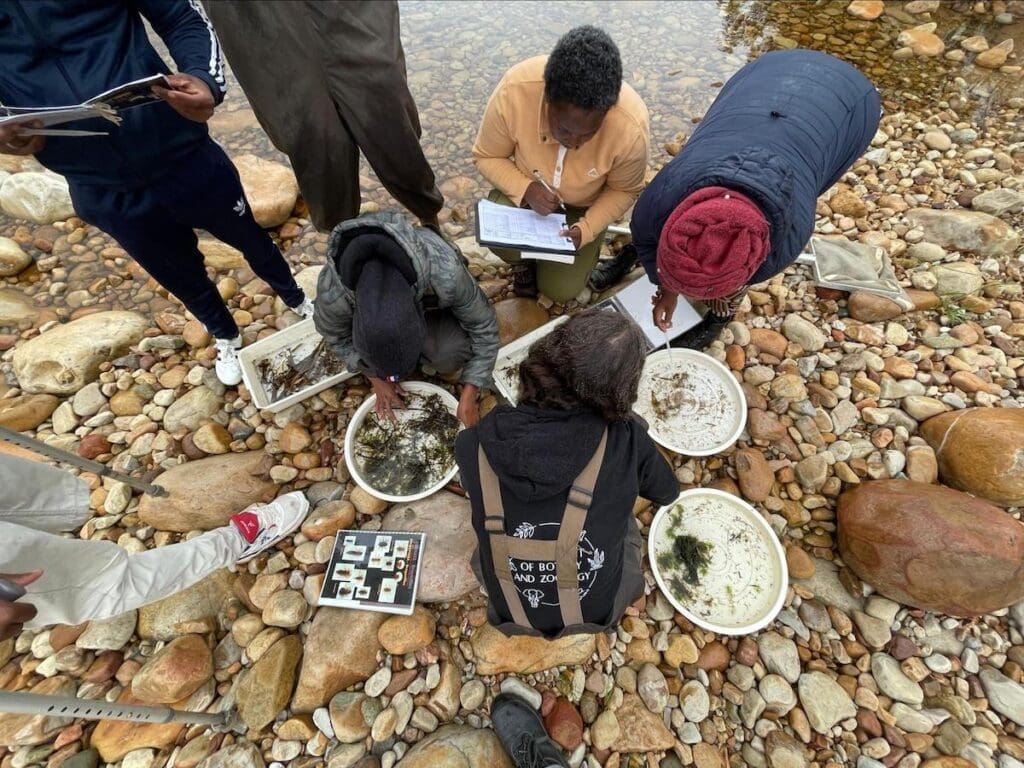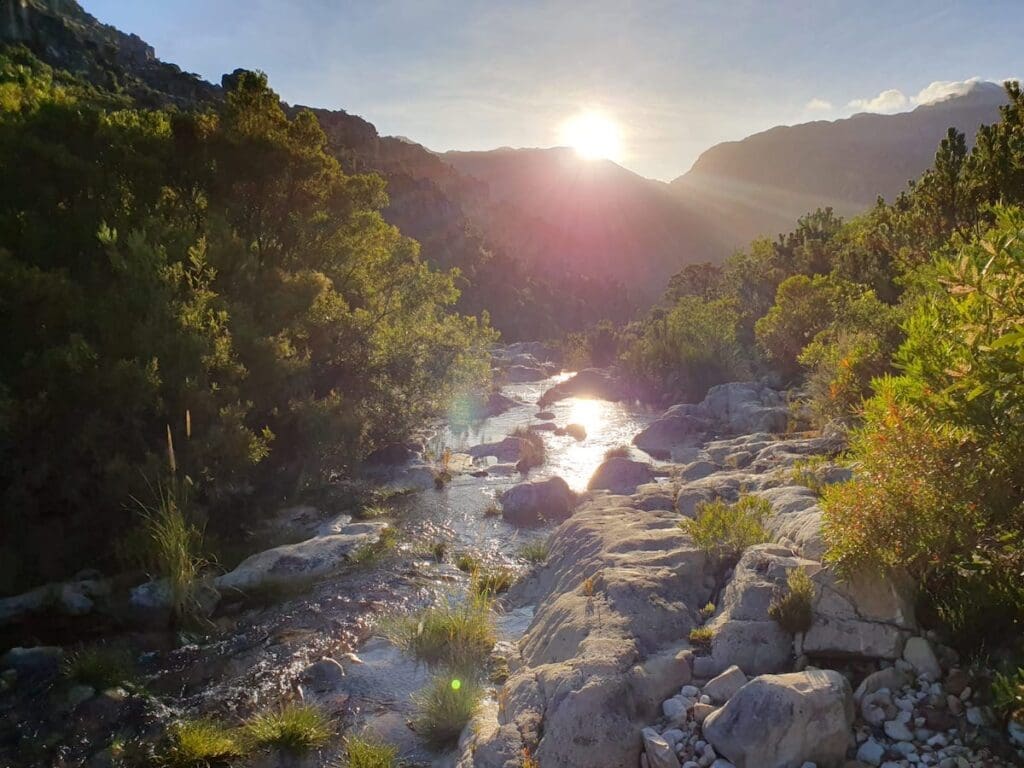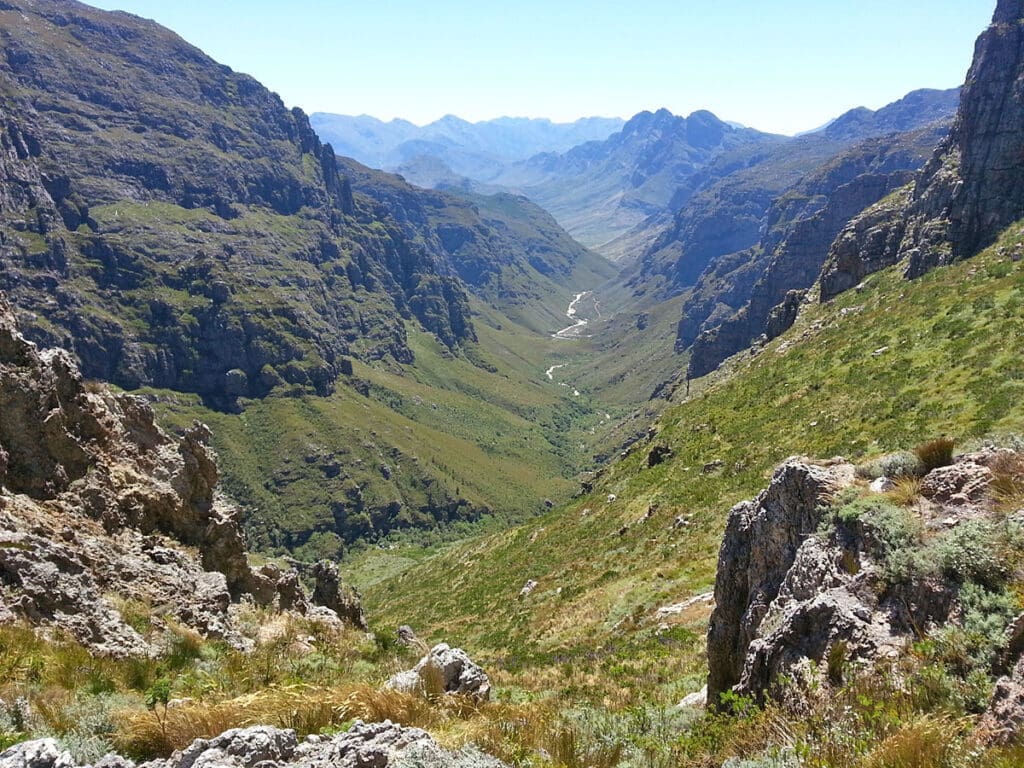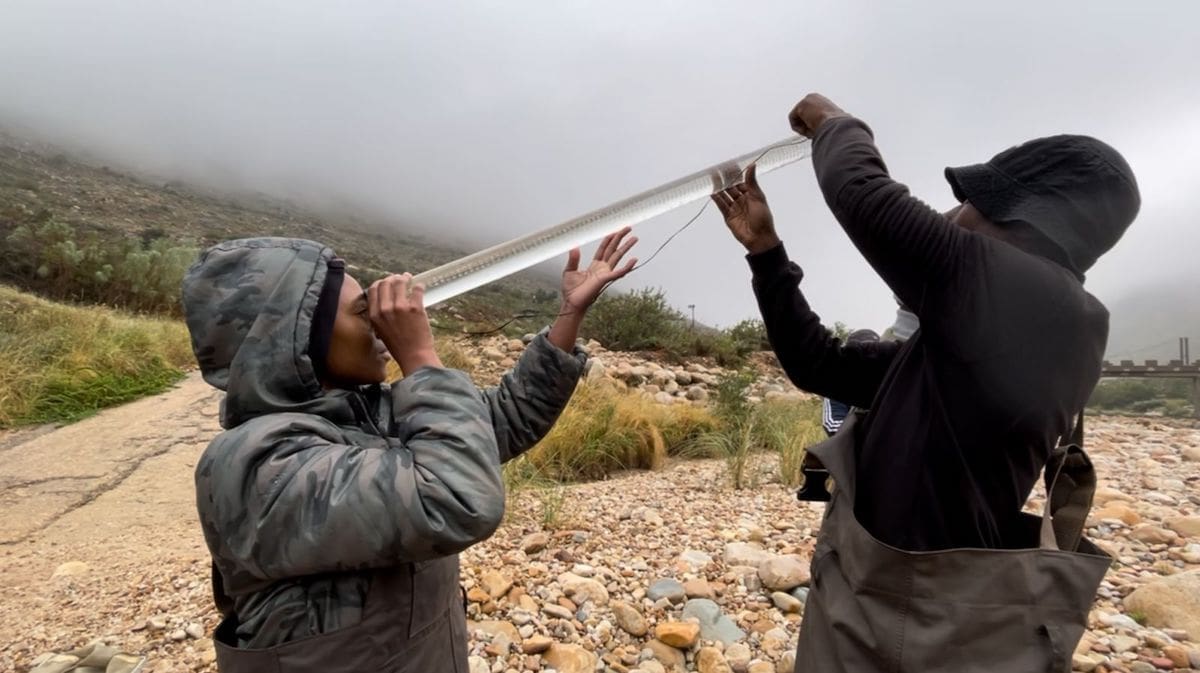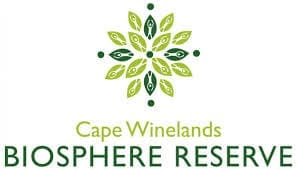
The Cape Winelands Biosphere Reserve (CWBR) is situated within the Province of the Western Cape, South Africa.
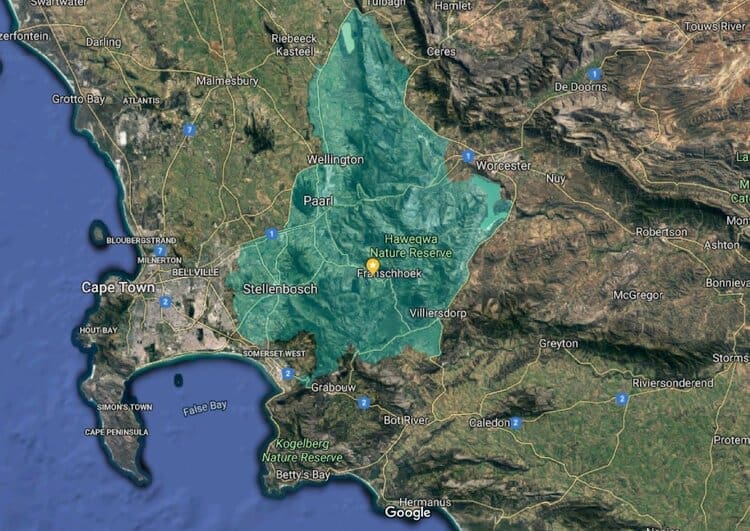
Any contributed funds will be used to train Citizen Scientists, as well as buy equipment needed to ensure the project is successful.
The CWBR shares its southern border with the Kogelberg Biosphere Reserve and is found close to the Cape West Coast Biosphere Reserve (to the west of the CWBR). These biosphere reserves are all located within the Cape Floral Region, the smallest and most diverse of the six floral kingdoms of the world. The CWBR also forms an integral part of the Cape Floral Region Protected Areas World Heritage Site and is made up of a very unique and beautiful landscape. Furthermore, the CWBR is the source of seven rivers within one of South Africa’s Strategic Water Source Areas, and provides nearly all of the water for the greater City of CapeTown.
Citizen Scientists
This project focuses on water pollution and the adverse effects this has on local communities and citizens as a whole. Working with the premise of ‘citizen scientists’, local community members are trained on how to perform river monitoring field surveys (instrumentation, data recording and reporting) to identify key pollution indicators which will give them a good idea of what land uses are contributing to the localised water pollution. They are also taught how to do various water quality tests (pH, water velocity, miniSASS, an ecological health test, etc.), and biodiversity monitoring (SASS5 macro- invertebrates) to determine what state the river is, as well as to capture data via an app about the river, which is then sent to the department of Water Affairs, to be input into their databases. They are also taught about river healthy and what can be done to improve their local rivers and streams to ensure water safety and security for their communities.
